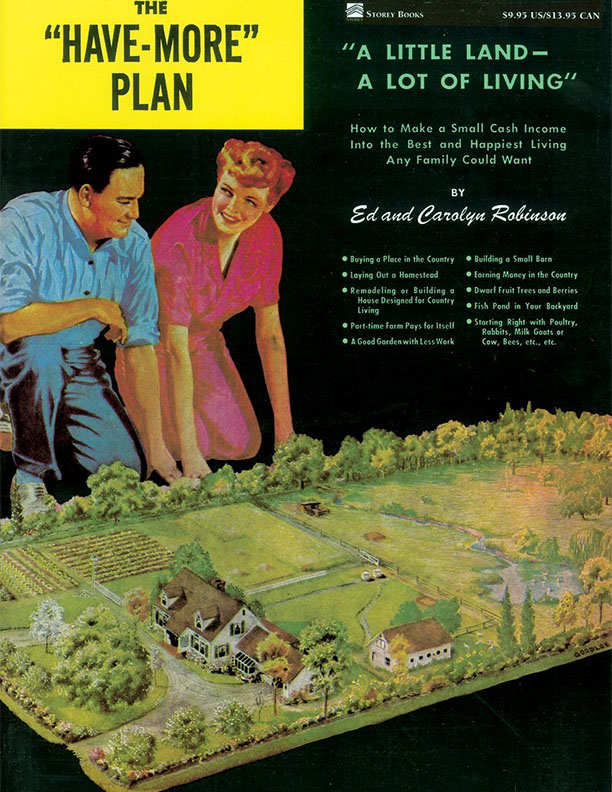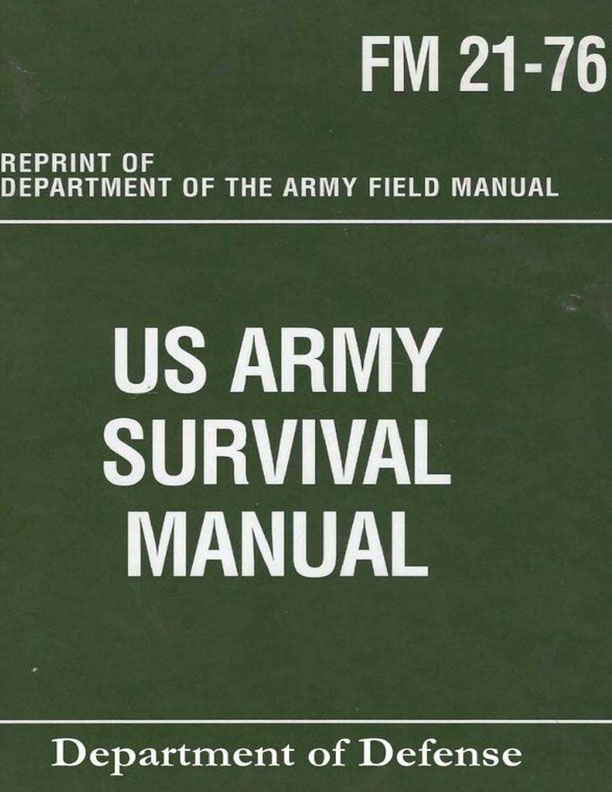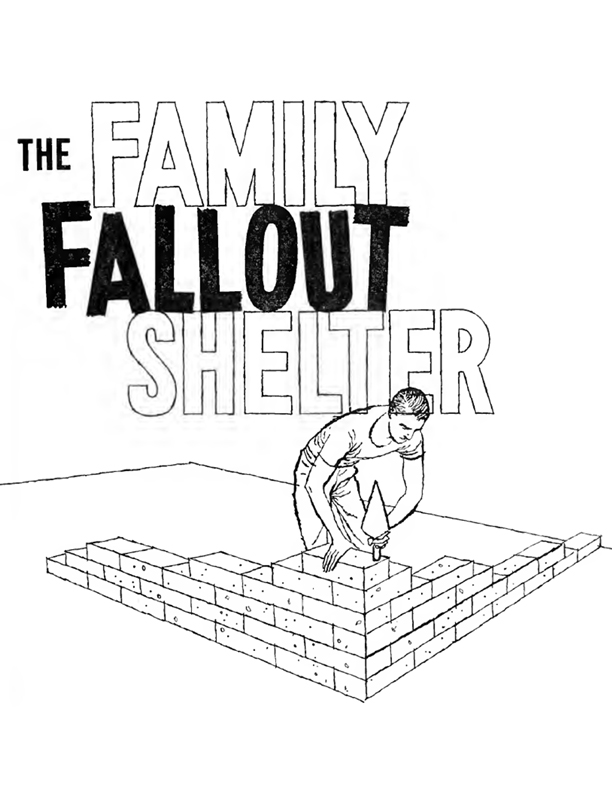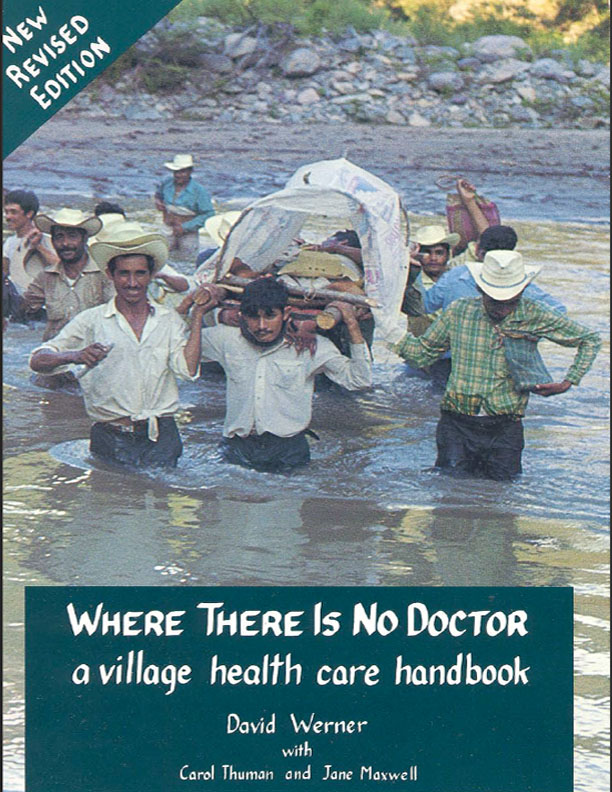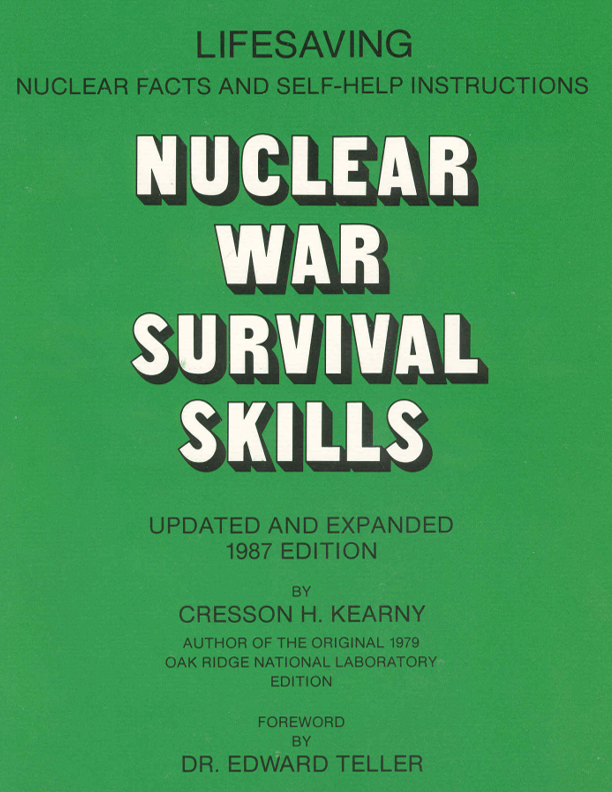The "Have More" Plan
This classic guide to homesteading is based on solid, practical techniques that remain useful to everyone who wants to learn country skills and increase their self-sufficiency. By turns philosophical and instructional, Ed and Carolyn Robinson share their pioneering approach to efficiently growing vegetables, raising livestock, and building farm structures. Since it was first published in 1943, The “Have-More” Plan has inspired generations of homesteaders to make the most out of whatever land they have available.
U.S. Army Survival Manual FM 21-76
The Army Survival Manual is the finest single source for self-reliance for all extreme circumstances. It is considered essential for anyone who wants to survive in primitive conditions. The book is straightforward and profusely illustrated with drawings and illustrations. It is written in easy to understand language. Includes information on survival in all climates: arctic, tropics, temperate forest, savannah or desert. Also includes information on all types of terrain survival tactics. Topics covered include: the will to survive, identification of poisonous snakes, identification of edible and non-edible plants, survival medicine. wilderness medicine, techniques on first aid, survival in the hottest or coldest of climates, survival planning, making polluted water potable, how to find water, ways to trap, collection techniques for water, navigation and compass use, how to find direction using the sun and stars, weapons and tools, recognizing signs of land when lost at sea, building life-saving shelters, traps and snares, how to prepare wild game to be cooked, food preservation, fire-starting, water crossings, fitness and preparedness, and much more.
The Family Fallout Shelter
Published by the US Government Printing Office in 1959, this friendly guide to the perceived immanent threat of nuclear annihilation during the Cold War. This guide offered basic tips to the different shelters recommended, from basement shelters to underground shelters. Facts on radiation, suggestions on supplies and equipment needed and detailed blueprint style plans of shelters included with black and white illustrations throughout.
Where There Is No Doctor - a village healthcare handbook
More than a book on first aid. This book covers a wide range of things that affect the health of the villager – from diarrhea to tuberculosis, from helpful and harmful home remedies to the cautious use of certain modern medicines. Special importance is placed on cleanliness, a healthy diet, and vaccinations. The book also covers in detail both childbirth and family planning. Not only does it help readers realize what they can do for themselves, but it helps them recognize which problems need the attention of an experienced health worker. This new revised edition (1992) includes information about some additional health problems – AIDS, dengue, complications from abortion, drug addiction, among many others – and updated advice on topics covered in the first English edition (1977).
Nuclear War Survival Skills
Nuclear War Survival Skills or NWSS, by Cresson Kearny, is a civil defense manual. Originally released September 1979, it was updated and republished in May 1987 (This Version) with a significant addition on nuclear winter. It contains information gleaned from research performed at Oak Ridge National Laboratory during the Cold War, as well as from Kearny’s extensive jungle living and international travels. Nuclear War Survival Skills aims to provide a general audience with advice on how to survive conditions likely to be encountered in the event of a nuclear catastrophe, as well as encouraging optimism in the face of such a catastrophe by asserting the survivability of a nuclear war.
